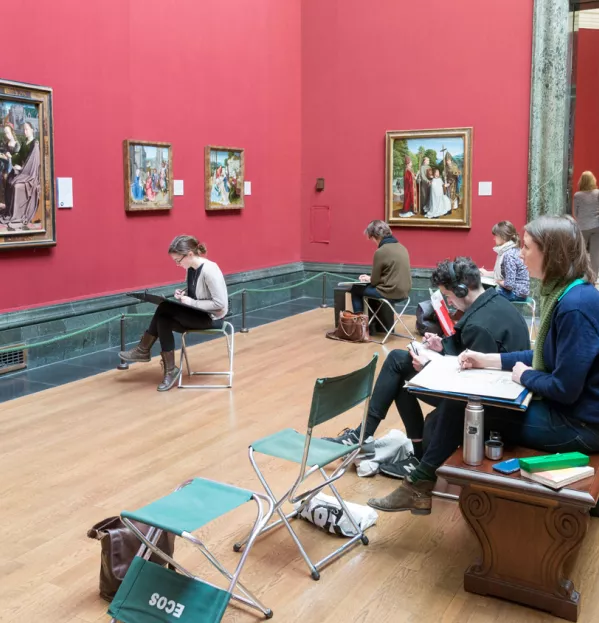If you want a demonstration of the power of the chattering classes, look at the outcry after the decision to scrap history of art A level.
It was full Establishment bingo: outraged letters to the broadsheets, regretful statements from arts luminaries, and The Sunday Times critic Waldemar Januszczak implausibly claiming that there were enough people in a couple of square miles of North London to mark the nation’s exam papers 10 times over. And, of course, there was some blame being placed at the door of former education secretary Michael Gove.
So let’s get it straight. History of art isn’t a “soft” subject, but no one has ever claimed that it is. The English Baccalaureate is driving subject choice in schools, but some of the biggest recent falls have been in French and German - both of which are EBacc subjects.
The simple fact is that despite the protests of a cadre of well-connected arts fans, there is very little demand for the subject. Actually, that’s not true. There was demand from precisely 839 students to sit the A level last summer. That’s three times fewer than there are paintings in the National Gallery (although, I suppose that should mean no queues during study trips).
The economics don’t add up
This fuss irritates me not because I have anything against history of art in particular - indeed, I think it’s a fascinating subject - but because I have a lot against people who don’t understand economics, especially the economics of exam boards.
Being not-for-profit (as two of the three big boards are) must also mean being not-for-loss. Keeping an exam specification going means having sufficient funding to pay for syllabus design and question-setting; finding and paying enough examiners; moderating the entries; and keeping on top of Ofqual’s requirements. The plain truth is that 839 entry fees doesn’t buy you a lot.
And the wider economics for exam boards isn’t glorious. The big three have spent millions in recent years on redesigning all the exam specs - as many as 100 qualifications apiece - to meet the new curriculum and assessment arrangements, while at the same time income is dropping through the virtual abolition of resits and modules.
This is absolutely not an argument for a single, state-sanctioned exam board. If you think that’s a good idea, then consider the risks associated with marking. Now imagine that, instead of a number of boards spreading that risk, the government owned 100 per cent of it, with no back up.
The moral pressure from the history of art lobby will almost certainly mean that the A level will be retained (through being heavily cross-subsidised). But there is a simple answer. If everyone who has recently claimed that history of art is a uniquely important subject - that it represents the history of Western thought and civilisation - really thinks it’s so important, then they are absolutely free to finance its continued existence. I’ll put some collection buckets outside the National Gallery.
Jonathan Simons is a former head of education in the Prime Minister’s Strategy Unit under Gordon Brown and David Cameron
